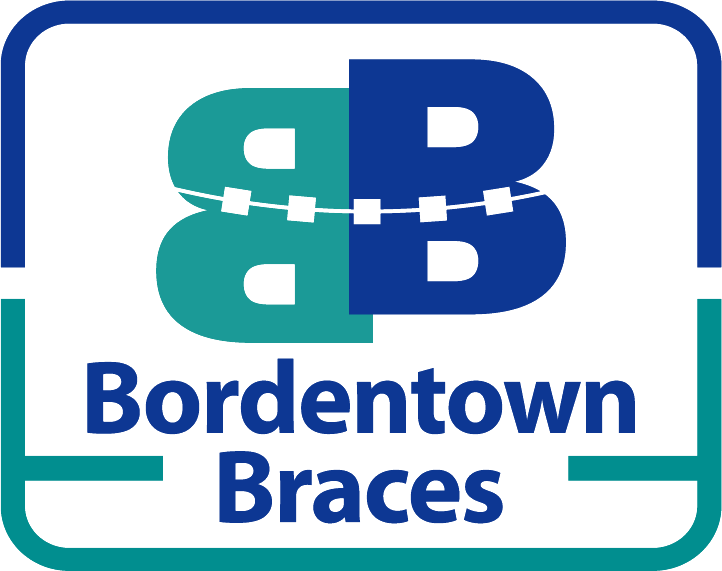
Five Reasons To Get An Exam For Kids Braces
Oral health is an important part of caring for your child. As they grow, you should have a plan in place and consider when your child should have an exam for braces. The best time to do this is at an early age. As kids grow, their dental issues can rapidly become more and more severe and are more difficult to treat as they get older. Early detection and intervention of dental problems can save your child from dealing with difficult treatments because they weren’t dealt with at a younger age. Here are five reasons to go ahead and pull the trigger and schedule that exam for your child for braces.
1. You’ve Noticed Something Out Of The Ordinary
When you help your young child brush their teeth or notice your growing child’s smile seems a little crooked, or teeth aren’t coming in just right, it is a great reason to have them examined for braces. Don’t wait. Take them to get checked out as soon as you notice something out of the ordinary. Many things could be going on inside your child’s mouth. There are also underlying issues that can’t be detected visually and need an orthodontic exam in order to be detected. Dental issues can contribute to problems chewing, mouth breathing, among other things. Anything that looks out of place should be examined by a professional.
2. Your Child Is 7 Years Old Or Older
Once your child reaches the age of seven years old, they should have enough permanent teeth to be examined by an orthodontist. Having an orthodontic exam typically includes a few different things at the visit. One is completing x-rays of your child’s mouth. It is also typical for your child’s photo to be taken as well, as issues with the mouth and jaw can affect face shape and smile appearance. Photos can show progress over time during treatment. Finally, a physical exam of the mouth is in order to evaluate the general wellbeing of your child’s mouth. A Lot of dental issues respond best to early treatment, so getting your child in as close to this age as possible will be a great benefit to their overall oral health. Waiting until they are older can contribute to more difficulty with treatment and longer treatment experiences.
3. Crowding And Alignment Happens Early
When your child starts to lose their baby teeth, you may start to notice problems with the permanent teeth as they come in. It’s easy to tell if there are complications with your child’s new dental development such as issues with bite. Different bite issues include a crossbite, underbite or overbite. Other things you might notice are teeth that come in crooked, seem to be misplaced, are crowding others, or even if teeth seem to be missing. All of these are strong indicators that your child should be evaluated for braces with an orthodontist sooner rather than later.
4. Early Treatments Are Best For Some Issues
While your child is young, their bones are still soft and malleable and can be manipulated more easily than when they are older. Many dental issues can be resolved best when your child is still young. Early treatments by an orthodontist can prevent your child’s issues from becoming severe as they get older. Braces are the most common way to straighten teeth while your child is still young. Braces can fix issues such as overcrowding and straightening of the teeth, but can also assist with other problems such as overbites and underbites.
Other issues that your orthodontist can identify early on include guiding tooth eruption. Teething is uncomfortable for kids who have teeth that don’t have any room to come up. Orthodontic exams including x-rays can show what trajectory your child’s teeth will take when erupting. The orthodontist can then control and guide the way those new teeth come in in order to avoid potential issues as they happen. If there are teeth in the way, your orthodontist may choose to refer to an oral surgeon for removal of certain teeth in order to provide space in issues of overcrowding.
5. Correcting Bad Habits Early
Seeking out an exam for braces sooner rather than later is a great way to identify and get rid of bad habits that could potentially be affecting your child’s oral health. Common habits in children that can cause issues with their teeth and jaw alignment include thumb sucking, using a pacifier excessively, excessive bottle feeding, teeth grinding, among others. If you notice that your child has started mouth breathing, sucking on their tongue, or grinding their teeth, these can be things that can cause issues for them. When your child sees an orthodontist for a braces exam, the orthodontist can offer guidance to both you and your child in regards to these habits and the problems they are currently causing and could potentially cause in the future. Kids need to learn early on that oral health is important and a visit to the orthodontist can be a fun learning experience for them as well. Oral training can help their physical well being, but also their social lives as they age. It can save them from teasing that can be associated with bad oral health.
In conclusion, there are many common dental issues that can crop up early for your child. It is best to have your child examined for the need for braces or orthodontic intervention by the age of 7 years old. If you notice something that is out of the ordinary, have them evaluated soon. Don’t wait. Many dental issues can be solved easier and faster at a younger age and it is imperative that those treatments start in a timely manner to avoid more complications in the future.
There is a pediatric orthodontist nearby in central NJ that can help you with your child’s exam. Braces for kids can be scary but our team will do our best to put you and them at ease while giving the best care possible to find any issues your child might have with their dental development.
Looking for braces or Invisalign? Looking for an board certified Orthodontist in Central NJ that treats kids, teens and adults? Bordentown Braces serves all surrounding areas of Bordentown, NJ including:
